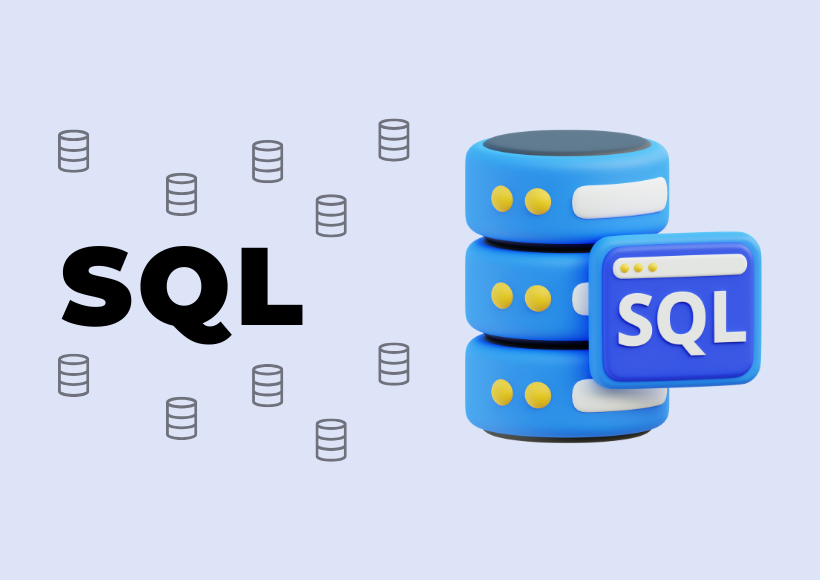Currently Empty: ₹0.00

About Course
Structured Query Language (SQL) is the standard language for managing and manipulating relational databases. This course will teach you the basics of SQL, including querying, updating, and managing databases. You’ll learn how to write SQL queries to retrieve and analyze data, create and modify tables, and ensure database integrity. Whether you’re new to databases or looking to enhance your SQL skills, this course will provide you with a solid foundation in database management.
Course Content
Introduction to SQL and Relational Databases
Basic SQL Syntax: SELECT, FROM, WHERE, and ORDER BY
Filtering and Sorting Data with SQL
Using Aggregate Functions: COUNT, SUM, AVG, MIN, MAX
Joining Tables: INNER JOIN, LEFT JOIN, RIGHT JOIN, FULL JOIN
Subqueries: Using Nested Queries for Complex Data Retrieval
Modifying Data: INSERT, UPDATE, DELETE
Creating and Altering Database Objects: Tables, Views, Indexes
Normalization and Database Design Principles
SQL Constraints: Primary Key, Foreign Key, Unique, Not Null
Advanced SQL: CASE, GROUP BY, HAVING, and Window Functions
SQL Performance Optimization and Query Tuning
Final Project: Creating a Database and Writing Complex Queries

No Review Yet


